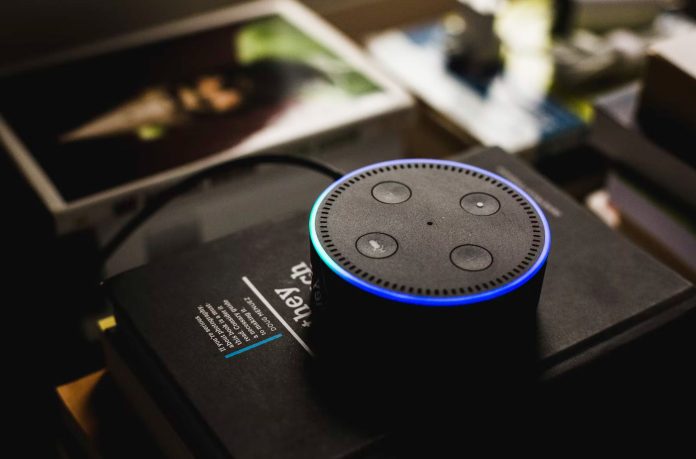The Internet of Things has already entered a lot of industries where IoT solutions are widely applied now for automating and streamlining a lot of business processes. But it is interesting to note that the technology itself is still gradually evolving which allows developers to build more and more advanced tools for different purposes.
Today IoT allows businesses to get immediate access to different types of data that can be used for the optimization of resources and costs as well as for making better-informed decisions. As a result, it is possible to achieve higher customer satisfaction, boost profits and conquer previously unachievable peaks in a business journey. It is expected that by 2030, there will be more than 29 billion connected devices worldwide. But given the quick expansion of this industry, in reality, this figure can be even higher.
The demand for IoT experts is growing as well, which is explained by the desire of many companies to get an additional competitive advantage thanks to automation and relying on real-time data.
In this article, we offer you to take a look at the trends that shape the future of the Internet of Things and can have a strong impact on the business landscape in general.
Internet of Behavior (IoB)
IoB can be defined as an extension of IoT that is focused mainly on the collection, processing, and further application of data to drive behaviors. Among the devices and tools that help gather the required information on users’ interests, preferences, and behavior patterns, we can specify wearables, household appliances enriched with smart sensors, and various online activities.
In general, IoB unites the capacities of IoT, big data, and AI with human psychology and behavioral analysts. Thanks to this combination, IoB systems can detect patterns in human behavior, predict people’s actions, and draw valuable insights from the gathered data that can help companies to define their future strategies and introduce the necessary changes in their ongoing effort. Moreover, based on the information on the person’s hobbies, interests, and activities, it is possible to influence human behavior.
IoB systems can become a very valuable tool for retail companies that are engaged in direct sales and are interested in pushing people to make a purchase. The better they understand the needs, requirements, and expectations of their target audience, the higher their chances to find the right approach are.
5G

The 5th generation of cellular networks is able to bring significant change to the Internet of Things. Thanks to ensuring higher data exchange speeds, lower latency, and the possibility to connect a bigger number of devices into one network, 5G can become a booster for the development of IoT. For example, it is expected that further adoption of 5G networks will lead to the development of smart city projects. Such projects require the installation of a wide range of various sensors and smart devices across cities for collecting valuable insights that can be used for managing traffic and optimizing the use of resources. In general, these projects are intended for making cities and towns safer and more secure places to live.
5G can also greatly support the development of IoT solutions for those industries that need to get real-time data without any delays and interruptions, otherwise, it can lead to serious issues and losses. Among the examples, here, we can name the manufacturing industry with its smart manufacturing solutions and healthcare where 5G can become a booster for changes in surgery practices. Thanks to the use of a 5G network, it will be possible to conduct surgeries with the help of robots that will be managed and operated by doctors remotely and will be able to ensure the highest level of precision.
AI
Another important trend is the deeper integration of AI tools and ML algorithms into IoT systems. As you know IoT allows businesses to install sensors in various devices, machines, and equipment but AI can breathe new life into this gathered data.
AI and ML can be used for processing data and receiving meaningful insights from it, conducting a careful analysis and making accurate conclusions, ensuring high personalization with preserving the necessary data privacy and confidentiality, and supporting security against hacker attacks. Among the examples of successful AI and IoT symbiosis, we can name robots used in manufacturing and warehouse management, self-driving vehicles, and retail data analytics.
Such solutions help to boost productivity, reduce operation costs, and execute better risk management.
Closing word
IoT is continuously developing by providing more and more new opportunities to businesses. But despite a lot of serious achievements in this sphere, there is still enough space for further growth. It means that in the future, we will get more innovative tools and technologies that will help to reach even better results.


































